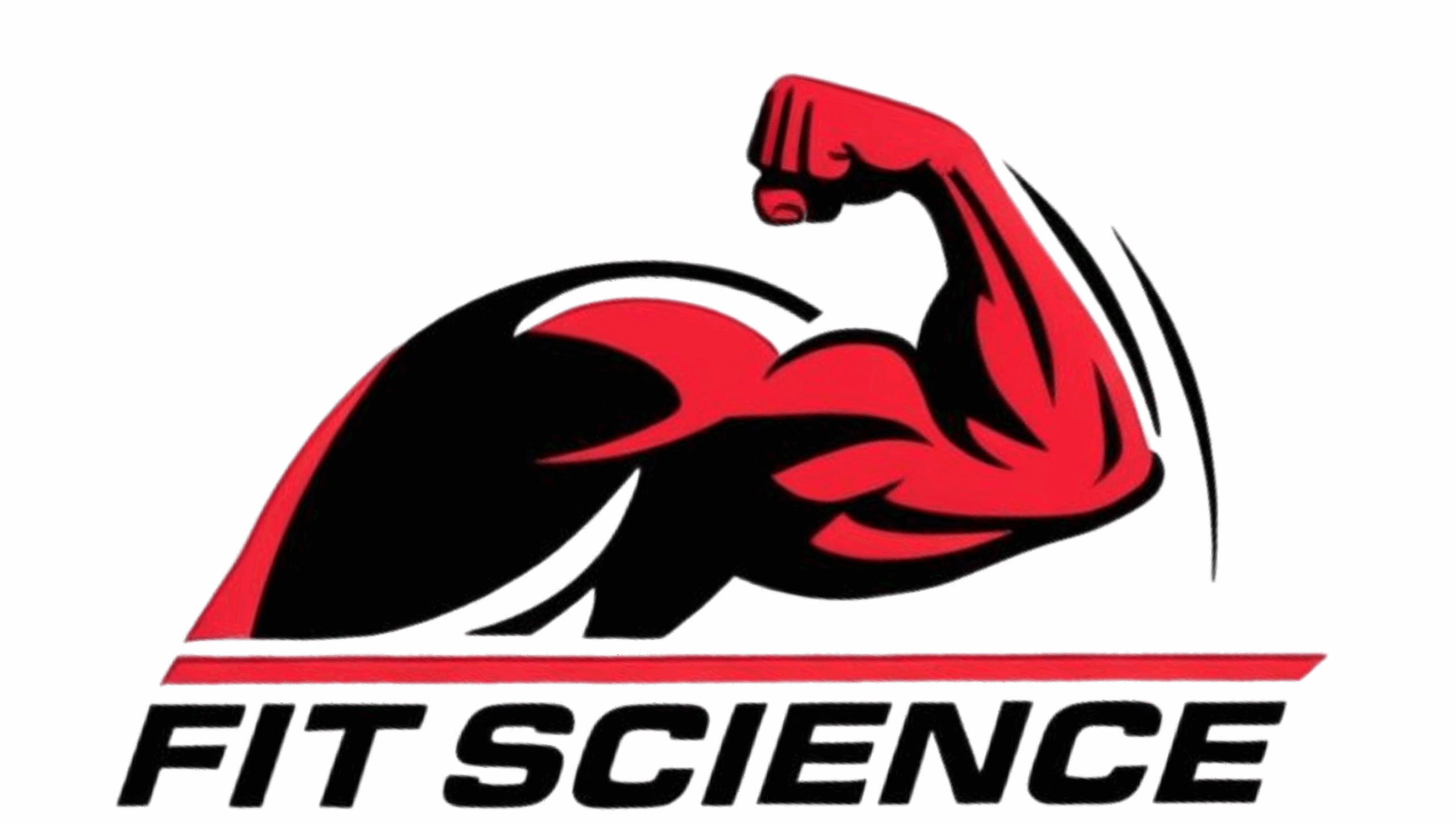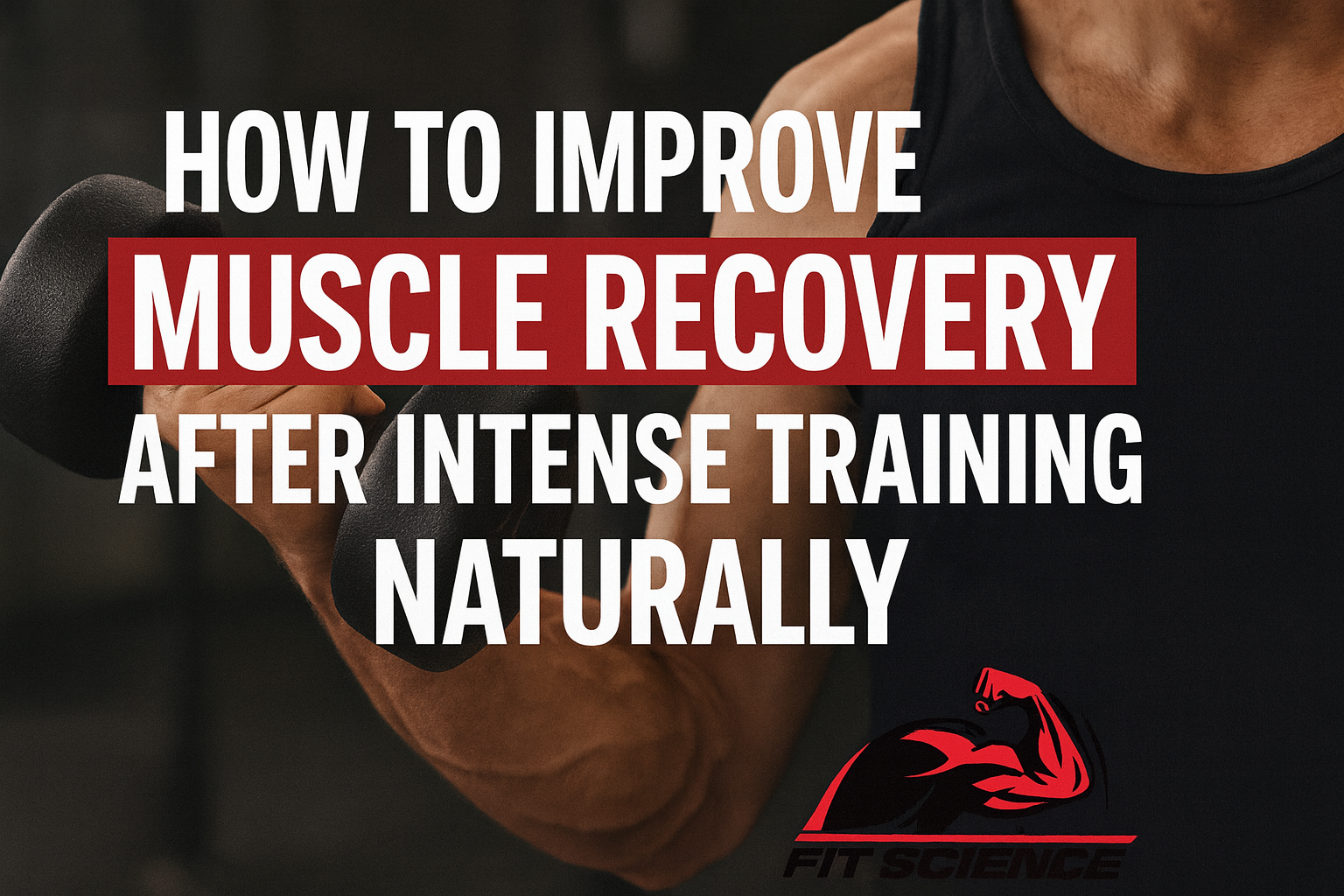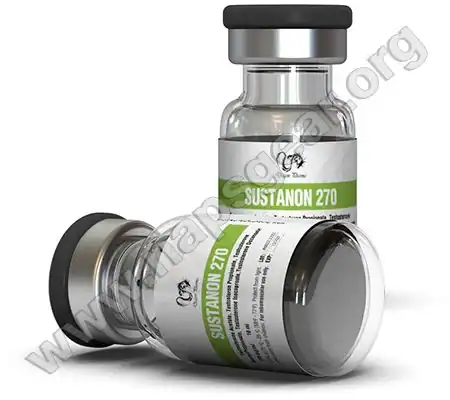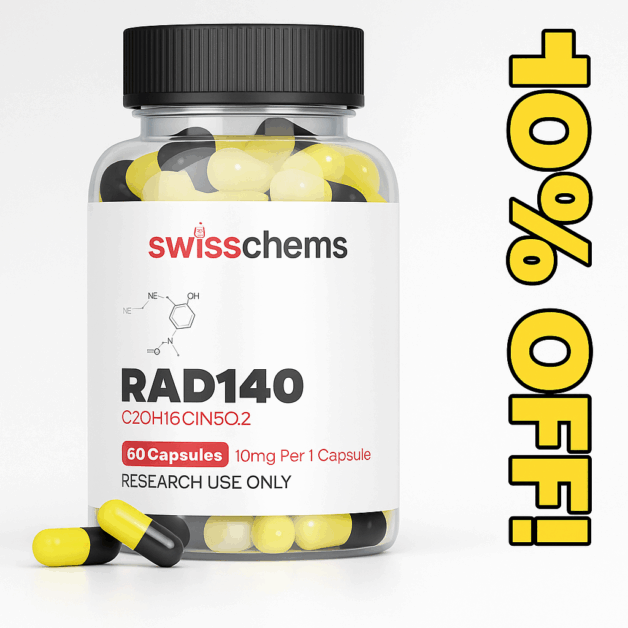Improve Muscle Recovery
Intense training feels great in the moment. The sweat, the pump, the quiet sense of superiority when you rerack the weight. The problem shows up a few hours later when your body clocks out and leaves you stranded with stiff joints, heavy legs, and the slow crawl of delayed onset muscle soreness. This is the moment when most lifters look for shortcuts or supplements, but the highest leverage gains often come from a natural recovery system that aligns with human biology.
Natural recovery is not the soft option. It is the strategy that lets advanced lifters push hard, stay consistent, and avoid the silent strength killer known as chronic fatigue. Think of this as a blueprint that takes what the body already does well and amplifies it using precise choices that stack on top of each other. The result is faster repair, stronger adaptations, and training volume you can actually sustain.
Below is the most complete and useful guide on how to improve muscle recovery after intense training naturally. It is written for lifters who want a tactical edge that works in the real world with smart, proven methods.
How Natural Recovery Actually Works
Recovery is not a passive waiting period. It is an active biological process that includes protein synthesis, glycogen replacement, inflammation clearance, neuromuscular recalibration, and hormone normalization. When any of these systems lag, performance drops and soreness hangs around longer than it should.
Natural recovery works by improving these specific channels.
1. Muscle repair
Muscle tissue breaks down during training. Amino acids, hydration, minerals, and sleep determine how efficiently it rebuilds.
2. Fuel restoration
Your body must restore glycogen after hard sets, especially sessions involving high volume or lower rest periods.
3. Inflammation control
Inflammation is necessary for growth, but lingering swelling slows repair. Natural anti inflammatory strategies improve turnover without blocking adaptation.
4. Nervous system reset
Heavy lifting taxes the nervous system. Calming it speeds the return to peak output.
5. Hormonal balance
Cortisol rises during intense training. Your natural recovery habits determine how fast testosterone, growth hormone, and insulin sensitivity return to baseline.
When you approach recovery from all five angles, you make progress faster without relying on aggressive supplementation.
The Natural Recovery Pyramid
Elite lifters think in systems, not hacks. The easiest way to structure natural recovery is with a pyramid that prioritizes what actually moves the needle.
Level 1. Sleep
Sleep is the ultimate natural recovery tool. Growth hormone pulses, protein synthesis speeds up, and your nervous system resets. Most athletes underestimate the difference between six hours and eight hours. If one factor immediately improves soreness, strength, mood, and training readiness, sleep is it.
Level 2. Daily Nutrition
Recovery begins before your workout. A diet with complete proteins, complex carbohydrates, and mineral rich hydration sets the stage for fast tissue repair. Magnesium and potassium help reduce cramps. Creatine occurs naturally in food and supports ATP regeneration.
Level 3. Post Workout Strategy
A natural post workout recovery window still matters. A mix of leucine rich protein and fast carbohydrates supports repair and glycogen refilling. Hydration restores plasma volume which improves nutrient transport.
Level 4. Movement Based Recovery
Walking, slow cycling, stretching, and mobility drills increase blood flow without creating new fatigue. Think of this as the housekeeping step that clears out metabolic waste.
Level 5. Natural Enhancers
Heat, cold, compression, breathwork, sauna sessions, and myofascial pressure tools enhance the physical recovery environment without drugs or stimulants.
Together they form the most reliable natural recovery stack available.
Natural Methods That Improve Muscle Recovery
This section goes deeper into the highest yield strategies. Each method strengthens a specific biological process that heavy training disrupts.
1. Prioritize Protein Timing and Distribution
The body responds best to evenly distributed protein intake. Most lifters cram their day into two meals which causes long gaps where muscle repair slows down. Aim for balanced meals that include complete protein sources every three to four hours.
Protein timing around training increases muscle protein synthesis. A post workout meal that includes high quality protein and easy to digest carbohydrates can speed recovery and reduce soreness the next day.
2. Use Intelligent Hydration
Hydration controls more recovery processes than most lifters realize. It affects muscle contraction quality, nutrient delivery, sleep quality, and inflammation control. Sodium, potassium, and magnesium matter more than sugar filled sports beverages. Natural mineral water or lightly salted hydration formulas outperform standard electrolyte drinks because they match biological needs more accurately.
3. Add Strategic Carbohydrates
Low carbohydrate dieting slows recovery for anyone lifting heavy or training with intensity. Carbohydrates restore glycogen which fuels explosive movement. Small carbohydrate servings in the evening improve serotonin production and sleep, which magnifies recovery again.
4. Use Natural Anti Inflammation Tools
Inflammation is necessary for adaptation but excessive swelling slows healing. Natural anti inflammatory support includes tart cherry juice, omega rich foods, turmeric, ginger, and cold water immersion. These tools reduce discomfort without blocking anabolic signaling.
5. Heat for Circulation
Heat improves blood flow which delivers oxygen and nutrients to damaged muscle fibers. Sauna sessions increase heat shock proteins that help with cellular repair. Many athletes report noticeable reductions in soreness when adding sauna work three or four times per week.
6. Improve Parasympathetic Activation
The nervous system needs a clear signal that training is over. Breathwork, slow exhalation patterns, meditation, or even a short quiet walk will shift the body from alert mode to recovery mode. This is where cortisol drops and repair begins.
7. Sleeping Environment Control
Sleep quality improves dramatically when the room is cool, the lighting is minimal, and electronics are out of reach. Consistency builds hormonal rhythm which supports strength training demands.
Real World Recovery Indicators to Track
Natural recovery becomes measurable when you track a few simple metrics.
Morning energy
Your baseline energy tells you whether your nervous system is fully restored.
Training performance
If weights feel heavier than usual or bar speed slows, recovery is incomplete.
Resting heart rate
A jump in morning heart rate often signals higher stress or incomplete recovery.
Movement stiffness
Lingering tightness points to hydration or protein gaps.
These signals help you dial in recovery more precisely which leads to better gains over time.
Advanced Natural Recovery Tactics Used by Serious Lifters
Elite performers often stack several natural methods to maximize results.
Contrast therapy
Alternating heat and cold improves circulation while reducing muscle tightness.
Slow eccentric cooldown work
Very light eccentric movements after a heavy session increase blood flow and lower next day soreness.
Breath controlled walking
A slow walk with rhythmic nasal breathing reduces cortisol faster than simple rest.
Sleep cycling
Some athletes extend sleep on high volume training days to amplify growth hormone pulses.
These strategies work because they support biology, not fight against it.
Why Natural Recovery Improves Results Long Term
Natural recovery methods build resilience. Supplements offer short term boosts but often mask deeper problems. Natural tools strengthen your ability to train longer, push harder, and stay consistent. The more consistent your training, the more predictable your results.
Better sleep, better fueling, better inflammation control, and better nervous system balance lead to:
Higher quality reps
Better strength progression
Lower injury risk
More effective hypertrophy
Better training adherence
This is why natural recovery is often the secret advantage behind advanced lifters who rarely miss sessions.
Final Takeaway
Learning how to improve muscle recovery after intense training naturally creates a compound effect that keeps you progressing year after year. You train hard, but the real improvement happens when your body is off the gym floor and deep in repair mode. When you master sleep, nutrition, circulation, inflammation control, and nervous system balance, you build a foundation that supports bigger lifts and better body composition without burnout.
If you want sustainable, high level training results, natural recovery is your leverage point.











